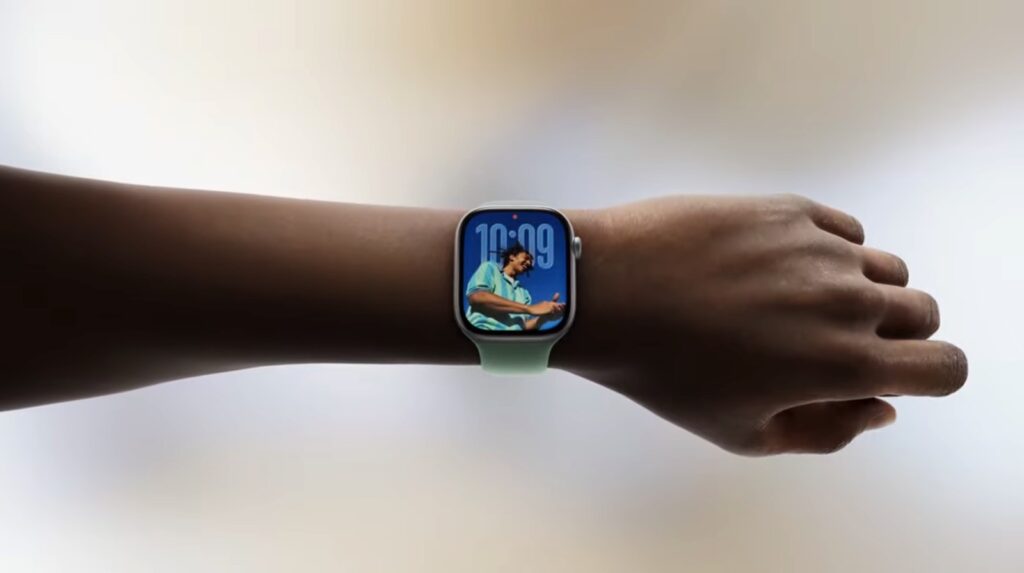
CUPERTINO, CA – Apple has unveiled a pivotal update in its watchOS line with the release of watchOS 26, marking a significant shift in the architecture of its latest Apple Watch models.
Breaking: Full ARM64 Transition for Apple Watch
In a subtle yet groundbreaking move, Apple has transitioned the Apple Watch Series 9, Series 10, and Ultra 2 to a full ARM64 architecture. This development, initially highlighted by MacRumors, signifies a departure from the previous arm64_32 architecture, promising enhanced performance and greater compatibility with ARM computing standards.
Immediate Impact on Apple Watch Capabilities
The transition to ARM64 architecture is expected to unlock broader memory ranges and increased system resources, paving the way for more complex and computationally intensive applications on the Apple Watch. This change aligns with Apple’s ongoing strategy to enhance the functionality and performance of its wearable technology.
“The standard arm64 architecture provides 64-bit pointers and access to broader memory ranges, enhanced performance, and increased compatibility with general-purpose ARM computing standards.” — MacRumors
Key Details Emerge on New Features
Alongside the architectural overhaul, watchOS 26 introduces Workout Buddy, a feature leveraging Apple Intelligence to deliver personalized workout encouragement. This innovation uses voice data from Apple Fitness+ trainers to generate motivational pep talks, though it requires an iPhone 15 Pro or newer for full functionality.
Industry Response to Apple’s Strategic Move
While the update has been largely well-received, some industry experts express caution regarding the reliance on iPhone connectivity for key features. The expectation is that future hardware iterations, like the anticipated Apple Watch Series 11, will further integrate these AI capabilities, reducing dependence on external devices.
By the Numbers: Apple Watch’s Technological Leap
– Apple Watch Series 9, 10, and Ultra 2 now feature full ARM64 architecture
– Enhanced performance with access to broader memory ranges
– Introduction of Workout Buddy, utilizing Apple Intelligence
What Comes Next for Apple’s Wearable Technology
The architectural shift in watchOS 26 hints at Apple’s broader ambitions for its wearable line. With the groundwork laid for more advanced applications, the company appears poised to introduce further innovations that could see the Apple Watch operate more independently from the iPhone.
Background Context: Evolution of watchOS
Since its inception, watchOS has evolved from a basic notification and fitness tracker to a sophisticated platform capable of running complex applications. This latest update represents a continuation of Apple’s efforts to push the boundaries of what its devices can achieve.
Expert Analysis on Apple’s Strategic Direction
According to tech analysts, Apple’s decision to transition to full ARM64 architecture is a strategic move that aligns with its broader ecosystem goals. By enhancing the capabilities of its wearable devices, Apple is not only improving user experience but also solidifying its position in the competitive wearable technology market.
Regional Implications for Tech Markets
The timing of this release is particularly significant as it comes amid growing competition in the global smartwatch market. Apple’s advancements in watchOS could set new benchmarks for performance and functionality, influencing market trends and consumer expectations worldwide.
Timeline of Events Leading to watchOS 26
– Initial announcement of watchOS 26 with developer preview
– Transition of Apple Watch models to full ARM64 architecture
– Introduction of Workout Buddy feature
– Anticipated release of Apple Watch Series 11 and Ultra 3
The move represents a significant shift from previous iterations, promising a future where Apple Watches may operate with greater autonomy and advanced capabilities. As Apple continues to innovate, the tech world eagerly anticipates the next steps in the evolution of wearable technology.





